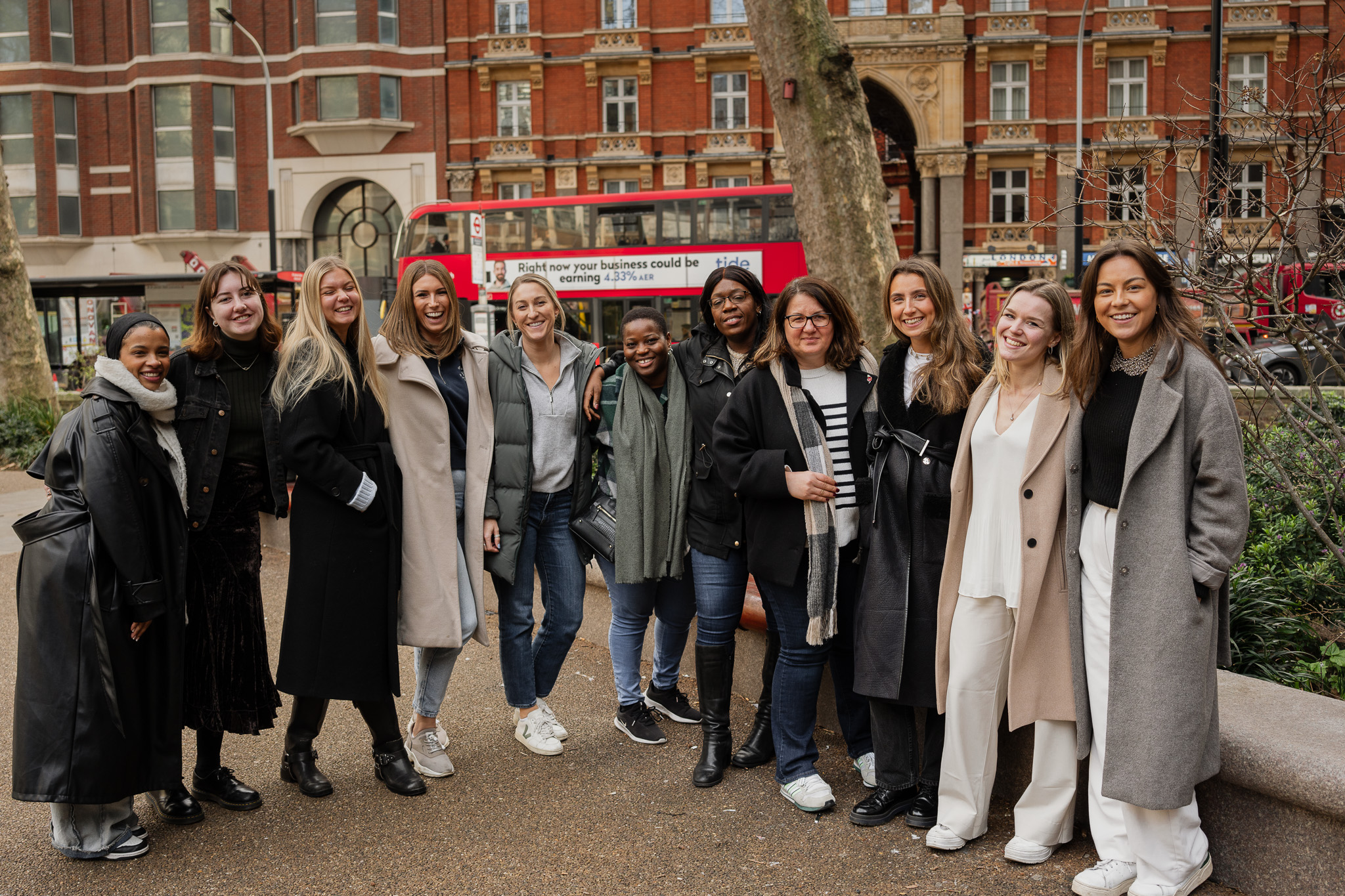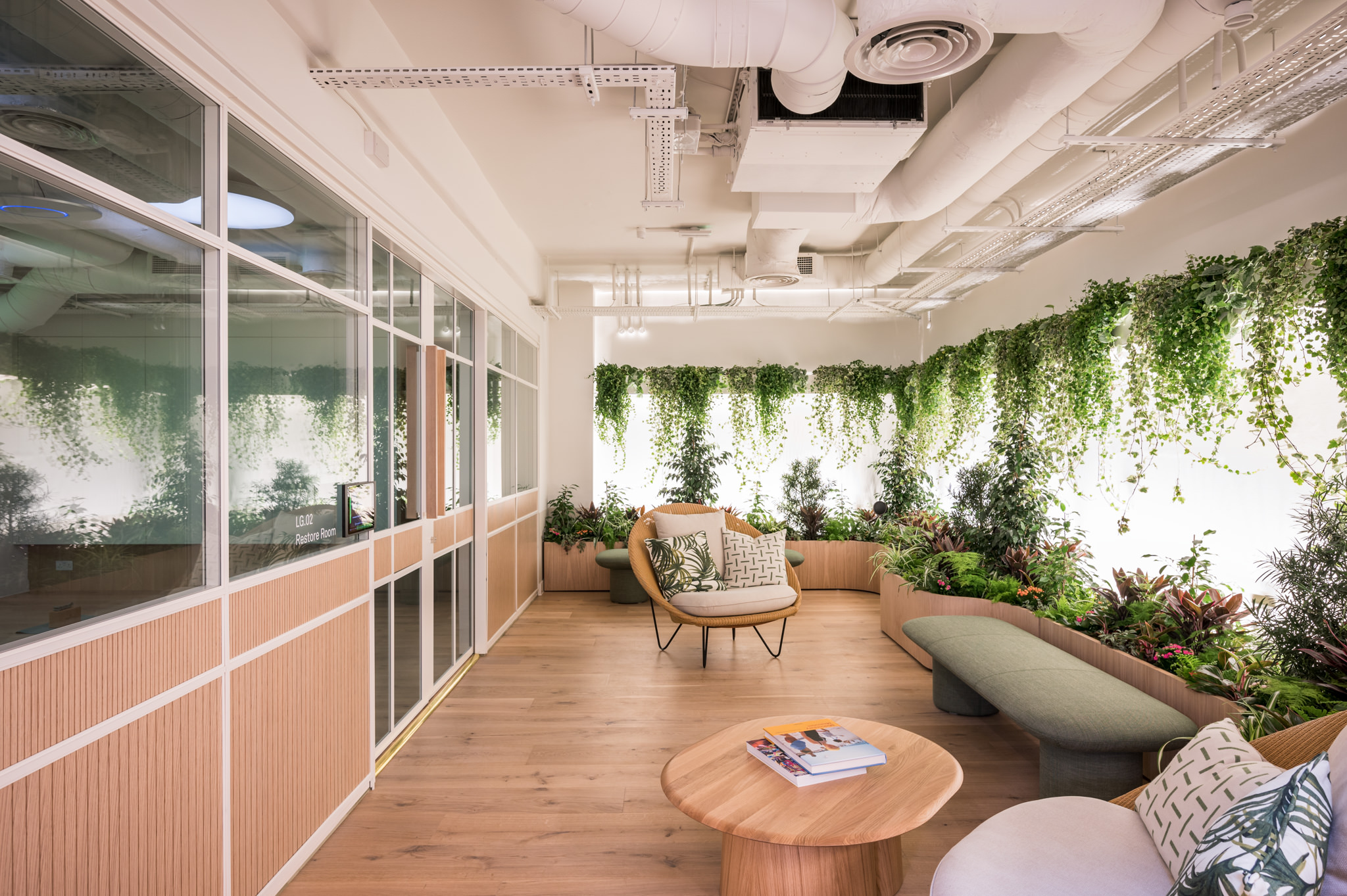How to support neurodiversity through design
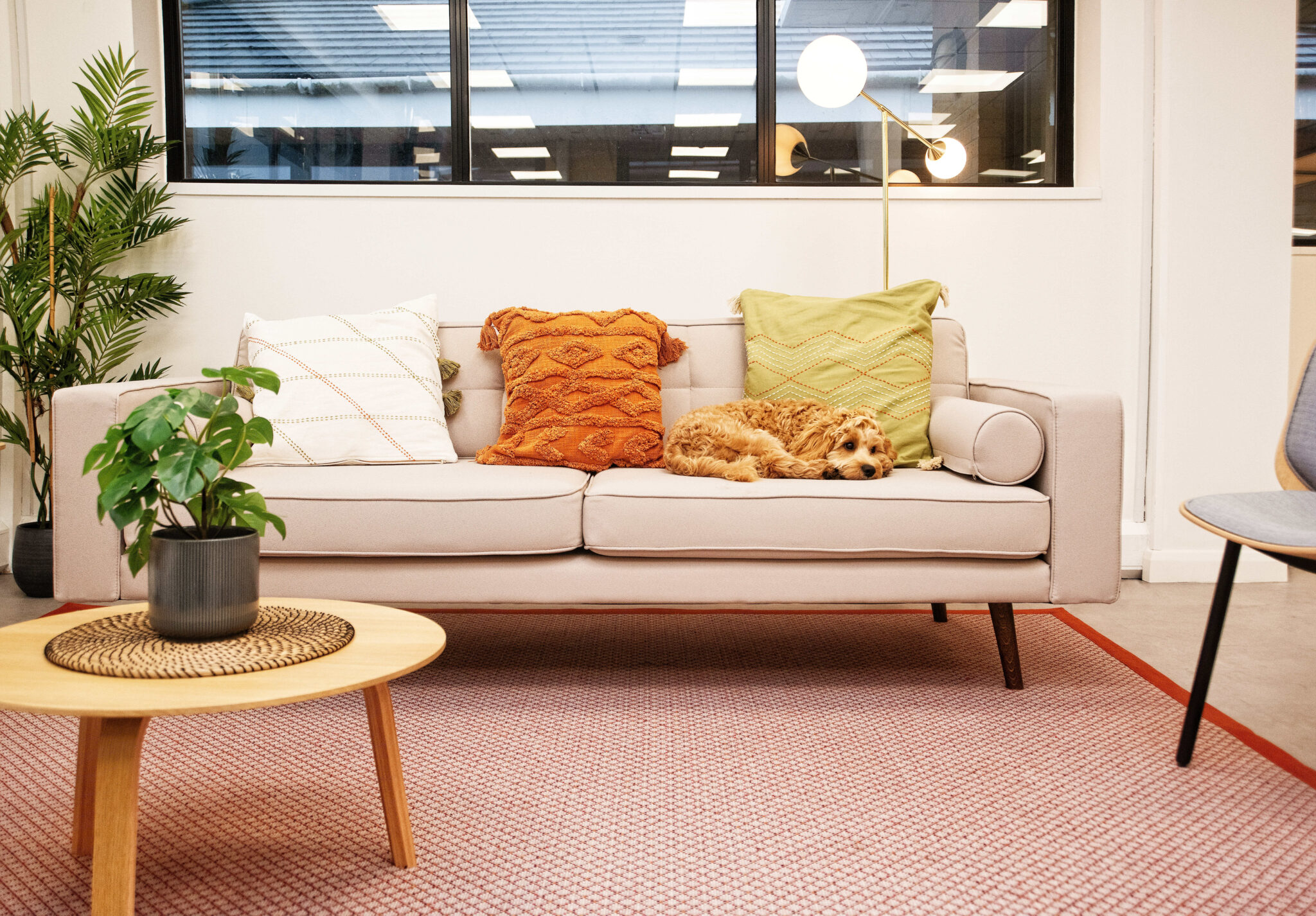
According to Cambridge University Hospitals, around 1 in 7 people in the UK are neurodiverse, meaning their brains may learn and process information differently to someone who is neurotypical. Statistically, this means that many of your workforce will be neurodiverse, regardless of whether they’ve received a diagnosis!
Much of the workplace has been designed with neurotypical people in mind. In the past few years, neurodiverse people have become an afterthought and generally only have slight alterations made for them in the workplace after hiring. This can unintentionally send the message that the needs of neurodiverse people in the workplace aren’t very important. This can lead to feelings such as anxiousness, inadequacy, fear of stigma, and lack of satisfaction. Keeping in mind the needs of neurodiverse people in the initial stages of your workplace design or office refurbishment can not only alleviate these feelings, but also increase job satisfaction, confidence, and make employees feel valued.
An important and powerful way to support the needs of neurodiverse people in your office design is by including furniture into your workplace environment that has either been created with them in mind or has qualities that can help to ensure their comfort. For example, seating. Similar to a silent-working area, some furniture design companies, such as Into the Nordic Silence, have come out with pod-like chairs, such as the Cube Solo and the Point Cup, that act as private, enclosed spaces, preventing overstimulation or anxiety.
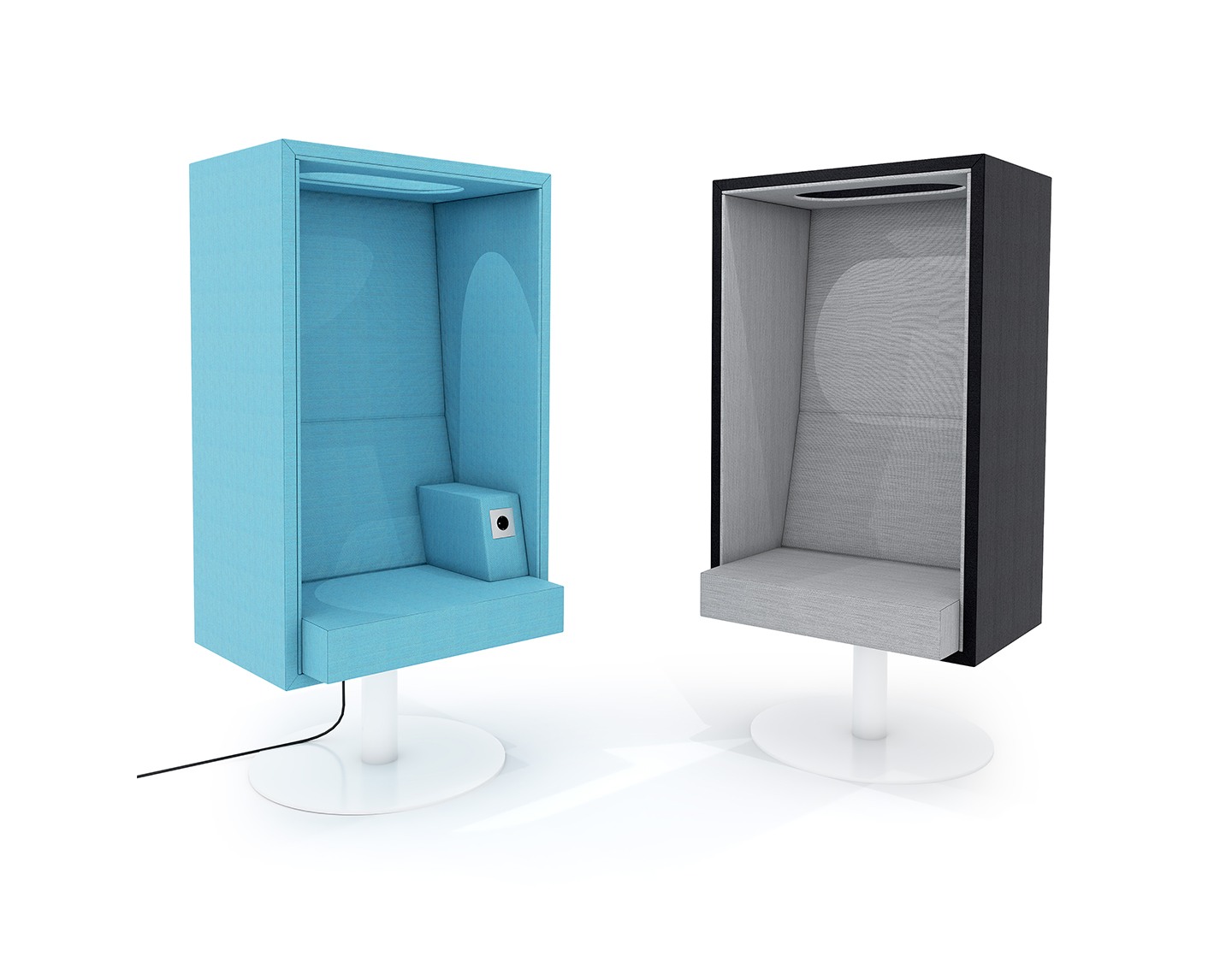
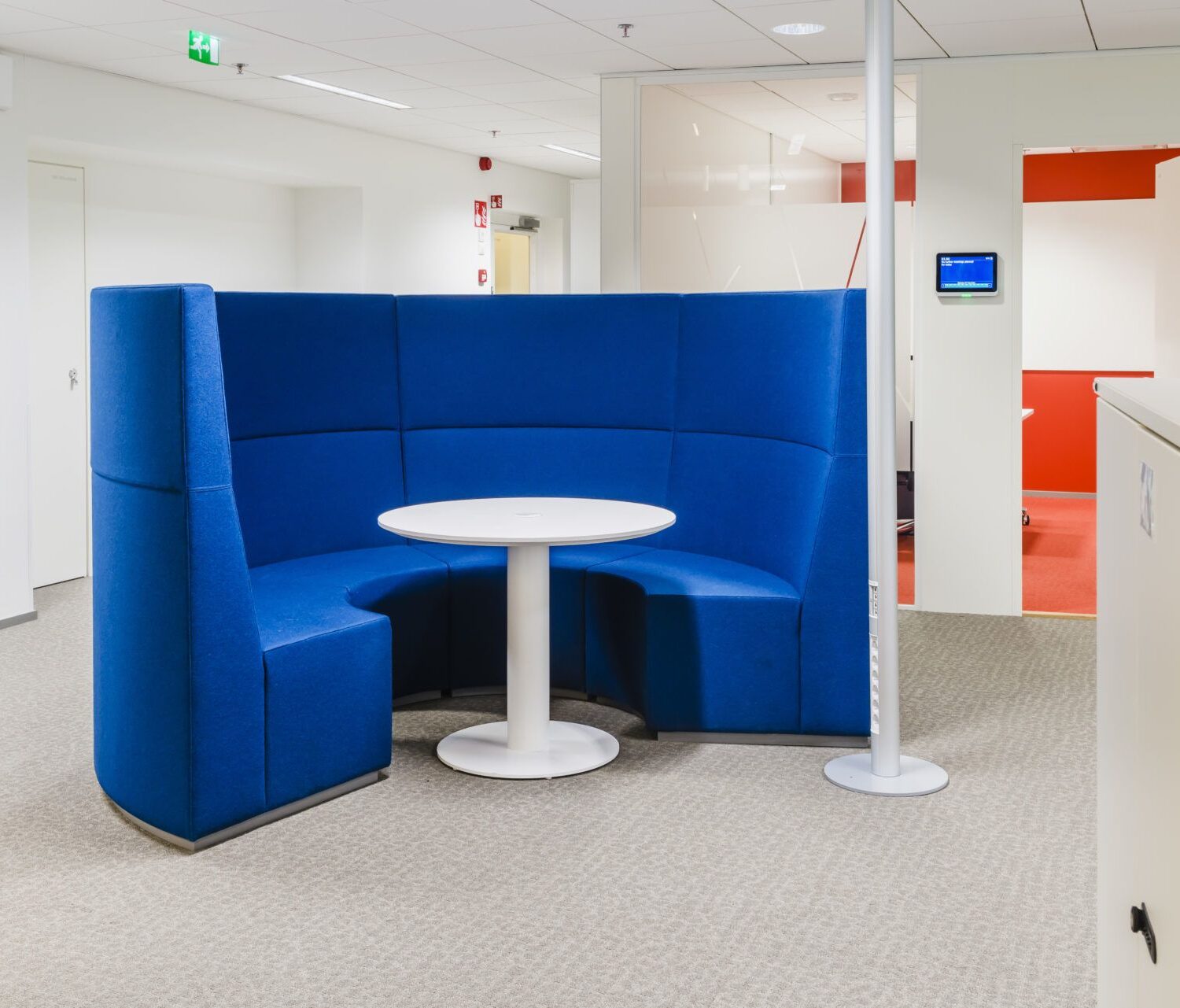
Although solutions like these can block visuals, sound still poses a problem. We all know that there are times when the office can become particularly loud. This poses as a distraction to all, but an even bigger problem to those with auditory sensitivity, specifically autistic adults. According to the National Autistic Society, only 16% of autistic adults are in full time work. When asked about the single biggest thing needed to help autistic people get into work, over 50% said support, understanding or acceptance.
Tactfully designing your office space to include areas where there is silence, as well as areas with a heightened focus on collaborative work, is an effective way of creating an invisible boundary between spaces where high levels of noise are acceptable, and where they aren’t. Although things like solo booths and focus rooms also work well, they are also small, expensive, and can be in use the whole day by one or two people. To ensure that these boundaries are understood, introducing mobile sound-proof partitions such as the ThinkWall by LogoVisual can provide instant sound deadening benefits without ruining the look of your office space.
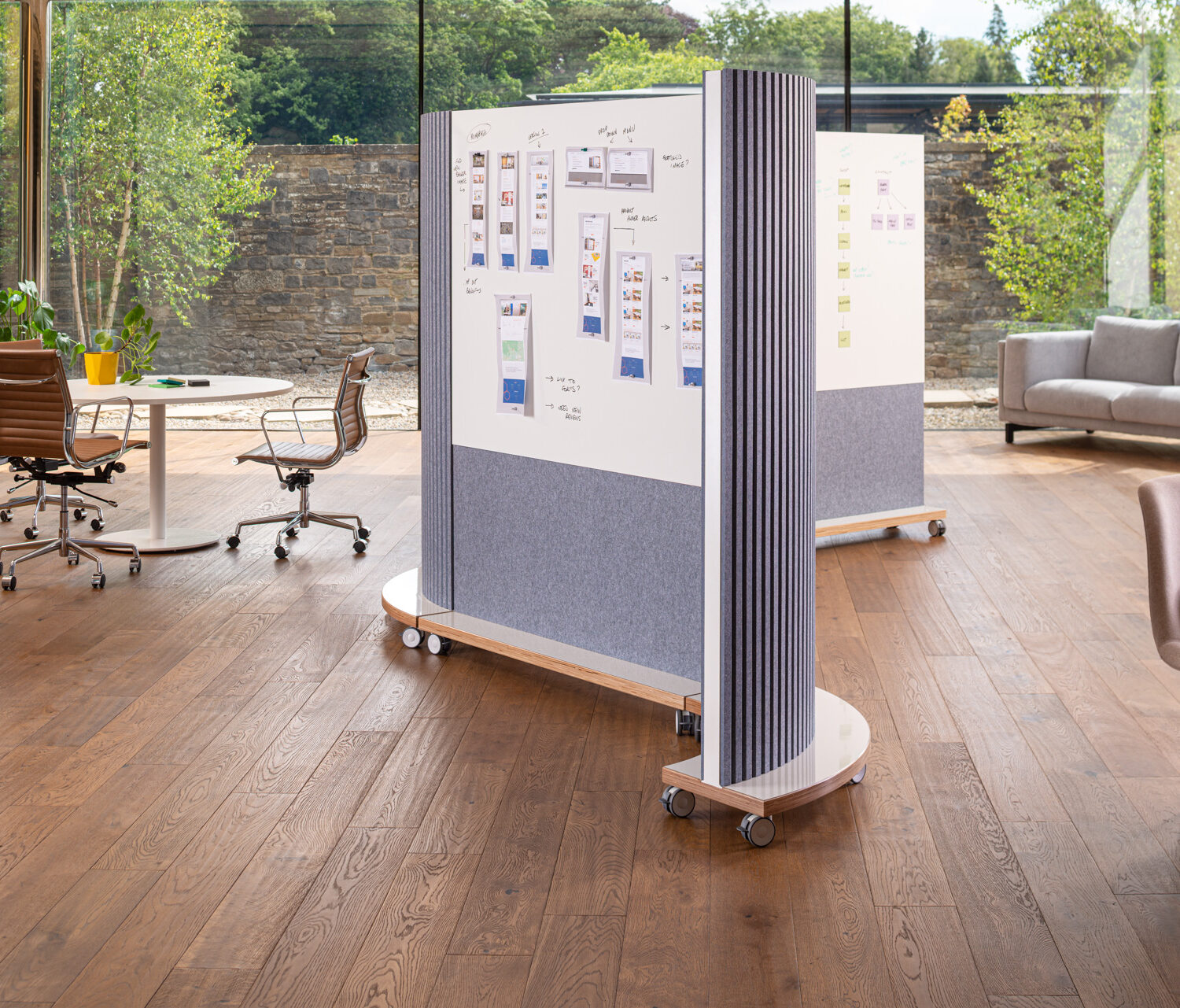
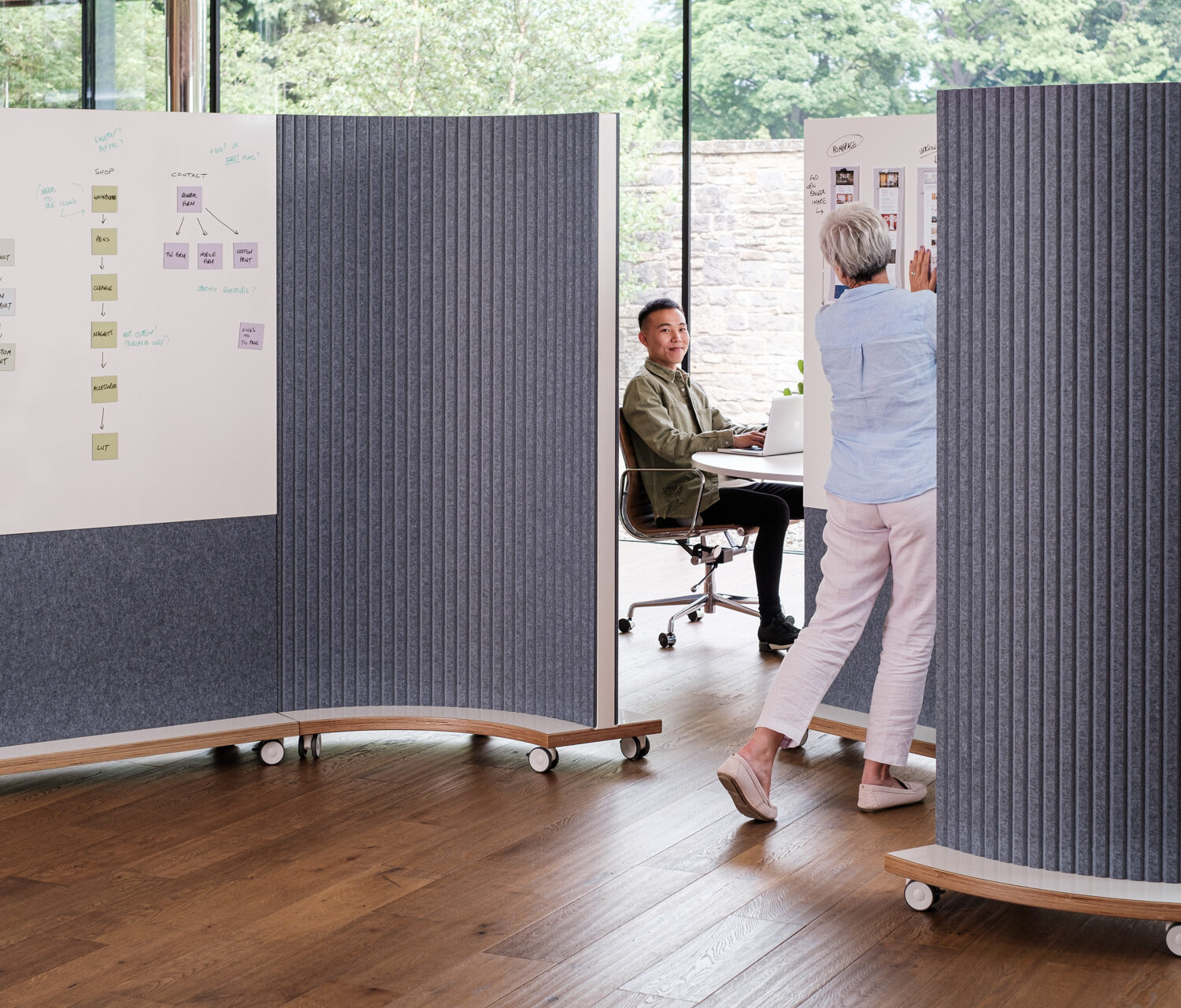
Lighting is often a simple but overlooked fix to the issue of overstimulation and discomfort. As many offices lack natural sunlight, the use of bright, fluorescent lighting is widespread. For neurodiverse people, particularly those with light sensitivity, negative effects such as visual disorientation can occur, leading to the overstimulation of the eyes and brain and resulting in significant discomfort. Potential solutions include switching to circadian rhythm lighting and dimmable lighting, to help regulate the human circadian rhythm (so that people do not end up feeling overwhelmed or overworked) and to provide employees with control so they can adjust the lighting to their comfort. Also, introducing more natural lighting, if possible, would work wonders too, through replacing solid walls with glass walls, or installing translucent skylights that’ll diffuse daylight throughout the office space, providing everyone with soft and calming lighting.
As organisations continue to work hard to ensure that their workplace is physically accessible, they should also think of how they can ensure cognitive accessibility too, ensuring inclusivity for the entire workforce.
If you’re interested in taking a look at some of our projects, click here.

